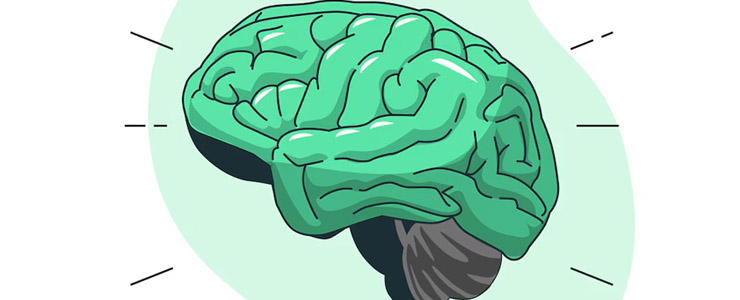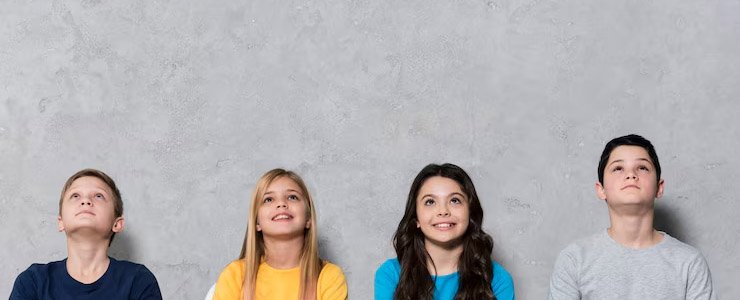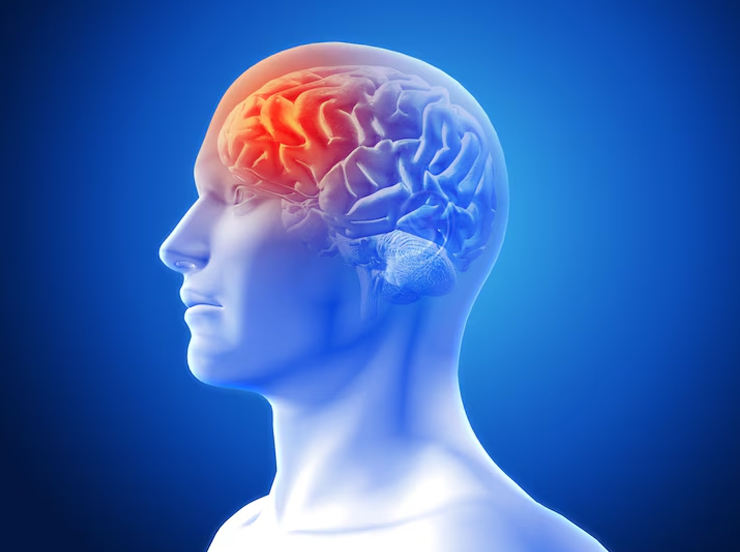Social networking has become an important part of modern life. Social Media Platforms are integrated into our daily routines, shaping how we communicate, work, and even perceive ourselves. As of 2025, over 5 billion people use social media worldwide. But how does this pervasive technology impact the human brain? What cognitive, psychological, and emotional shifts occur due to constant connectivity?
In this essay, we will explore the profound effects of social media on the human brain from a neurological, psychological, and behavioral perspective. We will examine the influence of social media on reward systems, attention spans, memory, self-esteem, mental health, and even brain structure.
1. Social Media and the Brain’s Reward System

1.1 The Dopamine Loop
Social media platforms are designed to trigger the brain’s reward circuitry, especially the release of dopamine, a neurotransmitter associated with pleasure and motivation. Every like, comment, or share can generate a small dopamine spike, creating a feedback loop that encourages continued use.
- Notifications act like slot machines: unpredictable rewards (likes or follows) are more addictive.
- Similar to drug addiction, users may crave more frequent or intense social media interactions for the same “high.”
1.2 Reinforcement and Habit Formation
This constant dopamine reinforcement contributes to habit formation and, in some cases, behavioral addiction. The brain begins to associate scrolling with pleasure, making it difficult to disengage even when it becomes detrimental to health, relationships, or productivity.
2. Attention Span and Focus

2.1 Shortened Attention Spans
Frequent exposure to short-form content, such as TikTok videos or Instagram reels, has been shown to reduce sustained attention. Studies suggest that people who use social media heavily find it harder to focus on long-form content like books or lectures.
- The “scroll culture” promotes constant novelty-seeking, which undermines deep, focused thinking.
- Multitasking with social media contributes to cognitive overload, reducing efficiency and retention.
2.2 Information Overload and Decision Fatigue
Social media bombards the brain with massive amounts of information, much of it trivial or emotionally charged. This overload can lead to:
- Mental fatigue
- Difficulty filtering relevant vs. irrelevant information
- Impaired decision-making abilities
3. Social Media and Self-Perception

3.1 Social Comparison Theory
People naturally compare themselves to others, but social media amplifies these comparisons. Curated images and highlight reels of others’ lives create unrealistic standards.
- This often leads to feelings of inadequacy, jealousy, or depression.
- Teenagers are particularly vulnerable due to developing self-concepts.
3.2 Self-Esteem and Validation
The need for external validation via likes and comments can make self-worth dependent on online approval.
- This reliance can increase worry and diminish one’s feeling of essential self-worth.
- Negative feedback or cyberbullying can have severe psychological effects, especially among adolescents.
4. Social Media and Memory

4.1 Altered Memory Encoding
Using social media while experiencing events (e.g., taking selfies during concerts) can interfere with how memories are formed.
- • The recording of an event may take precedence over the actual experience in the brain.
- • Shallow encoding occurs when attention is split between the event and capturing it for social media.
4.2 The Google Effect
Social media encourages outsourcing memory—relying on digital platforms to store and recall information.
- People may remember where to find information (on Instagram or Twitter) rather than the information itself.
- This can lead to weaker long-term memory formation.
5. Impact on Mental Health

5.1 Depression and Anxiety
Numerous studies link heavy social media use with increased rates of depression, anxiety, and loneliness.
- Fear of Missing Out (FOMO) is intensified by seeing others constantly posting about social activities.
- Constant comparison and lack of genuine human interaction can contribute to negative emotional states.
5.2 Sleep Disruption
Using screens late at night disrupts the production of melatonin, the sleep hormone.
- Blue light and notifications might delay sleep and reduce its quality..
- Poor sleep, in turn, negatively affects mood, memory, and cognitive functioning.
6. Brain Structure and Neuroplasticity

Emerging neuroscience suggests that chronic social media use may cause structural changes in the brain, especially in adolescents.
6.1 Prefrontal Cortex
- Responsible for decision-making, impulse control, and planning.
- Excessive screen time and social media may delay the maturation of this region in younger users.
6.2 Amygdala and Emotional Regulation
The amygdala, which processes emotions like fear and pleasure, may become overactive due to emotional content on social media (e.g., alarming news, online drama).
- Desensitisation or increased reactivity may result from excessive exposure to emotionally charged material.
6.3 Default Mode Network (DMN)
The DMN is active during introspection, self-reflection, and rest.
- Excessive media consumption may reduce DMN activity, limiting moments of mind-wandering, creativity, and deep thought.
7. Positive Effects of Social Media on the Brain

Despite concerns, social media isn’t entirely harmful. Used mindfully, it can offer several cognitive and emotional benefits.
7.1 Social Connectivity
- Keeps people connected, especially across distances.
- Can reduce feelings of isolation when used for meaningful interaction.
7.2 Learning and Information Sharing
- Platforms like YouTube, Reddit, and Twitter are rich in educational content.
- Can enhance knowledge acquisition and stimulate curiosity.
7.3 Creativity and Expression
- Users can showcase talents, share stories, and connect with niche communities.
- Encourages visual literacy, storytelling, and innovation.
8. Vulnerable Populations: Adolescents and Children

Adolescents are especially sensitive to the cognitive and emotional effects of social media due to their developing brains.
8.1 Peer Pressure and Identity Formation
- Teenagers often seek peer validation, making them susceptible to groupthink and risky trends.
- Social media can either support or hinder healthy identity development.
8.2 Cyberbullying and Mental Health
- Cyberbullying affects up to 59% of teens in some studies.
- Victims show increased rates of depression, anxiety, and suicidal ideation.
9. Social Media Detox and Brain Recovery

Recent research shows that reducing social media use—even for just a week—can lead to significant improvements in:
- Mood and anxiety levels
- Attention span and productivity
- Quality of sleep
This suggests that the brain has a strong capacity to recover from the negative effects of overuse, a concept rooted in neuroplasticity—the brain’s ability to rewire itself.
10. Strategies for Healthier Use

10.1 Mindful Usage
- Set time limits using built-in tools or apps.
- Prioritize quality over quantity: focus on meaningful interactions, not endless scrolling.
10.2 Digital Hygiene
- Turn off non-essential notifications.
- Avoid using social media immediately before bed or while eating.
10.3 Mental Health Awareness
- Pay attention to how social media influences your thoughts and emotions.
- Take breaks when needed and seek help if symptoms of depression or anxiety persist.

Conclusion
Social media has radically altered the way we communicate, feel, and think. While it provides immense benefits in terms of connection, learning, and creativity, its excessive or unconscious use can reshape the human brain in troubling ways—from addiction-like behaviors to memory deficits and mental health challenges.
Understanding how social media affects the brain empowers individuals to take control of their digital habits. By adopting mindful practices and fostering digital literacy, we can harness the positive aspects of social media while minimizing its risks. In an age where digital experiences increasingly influence neurological development, conscious engagement is not just a choice—it’s a necessity for cognitive and emotional well-being.







